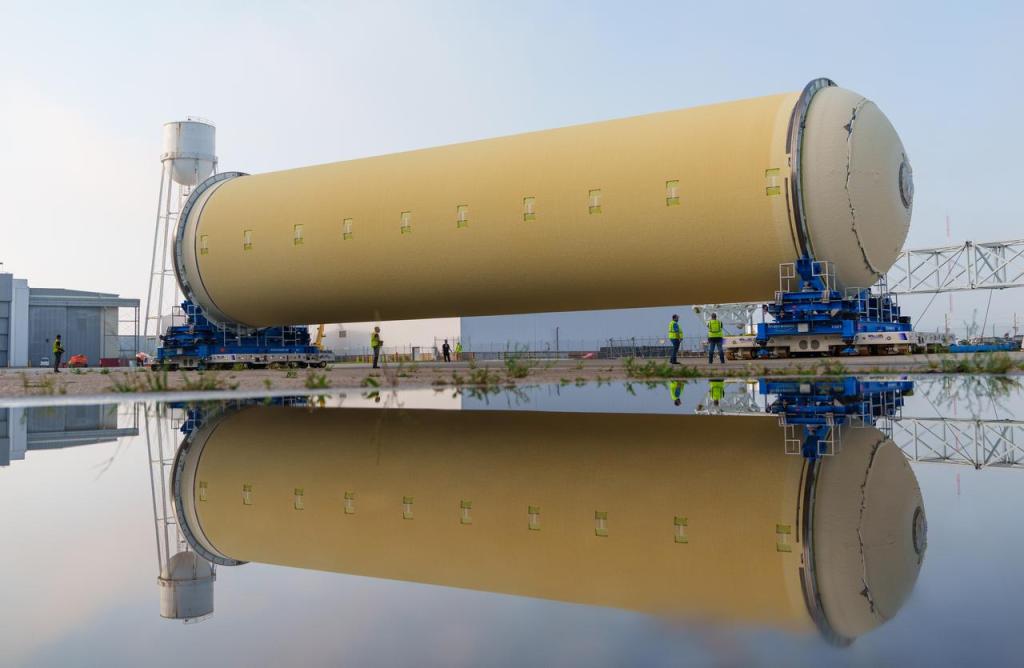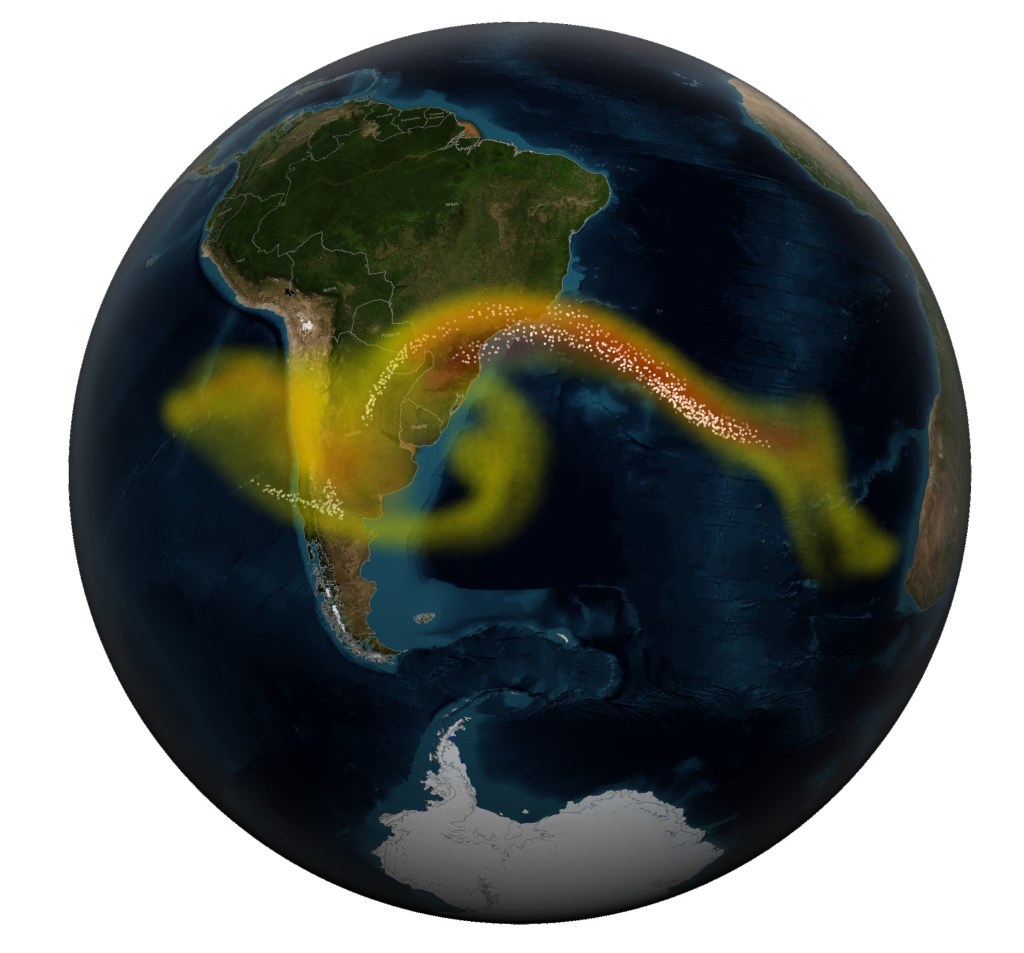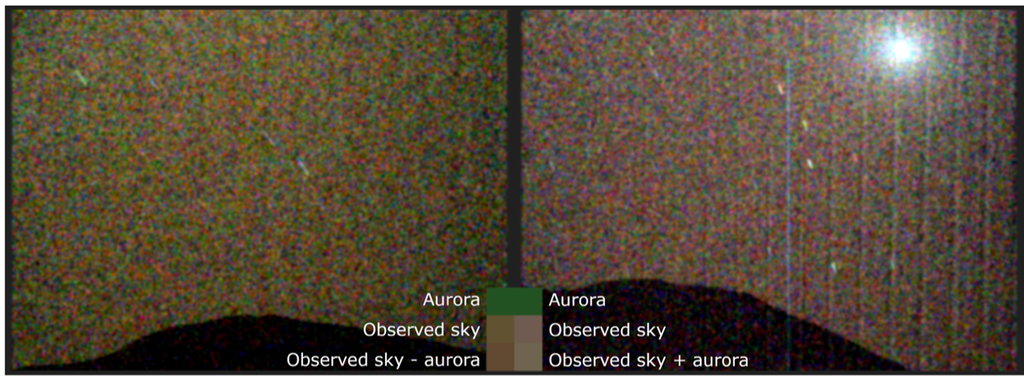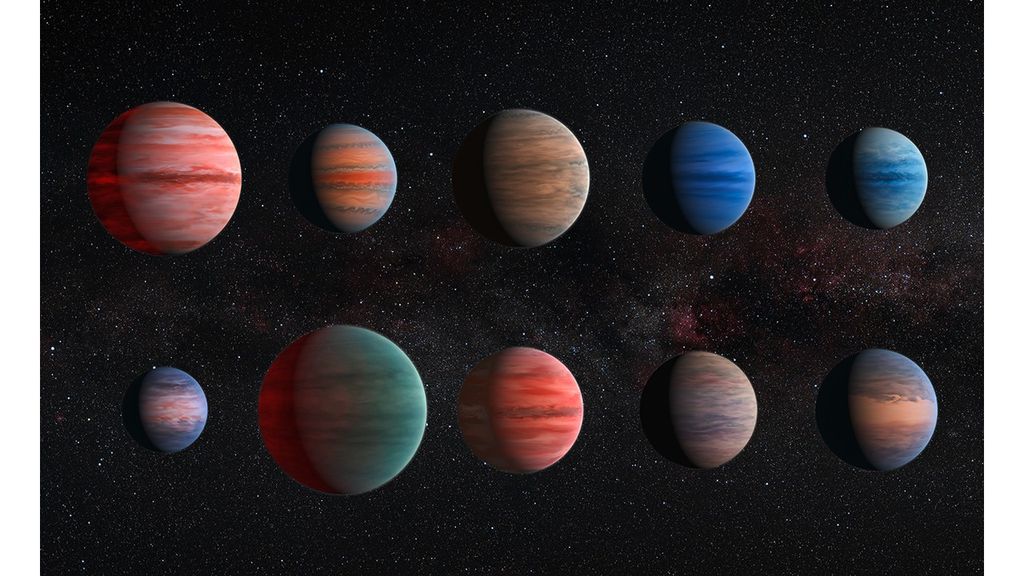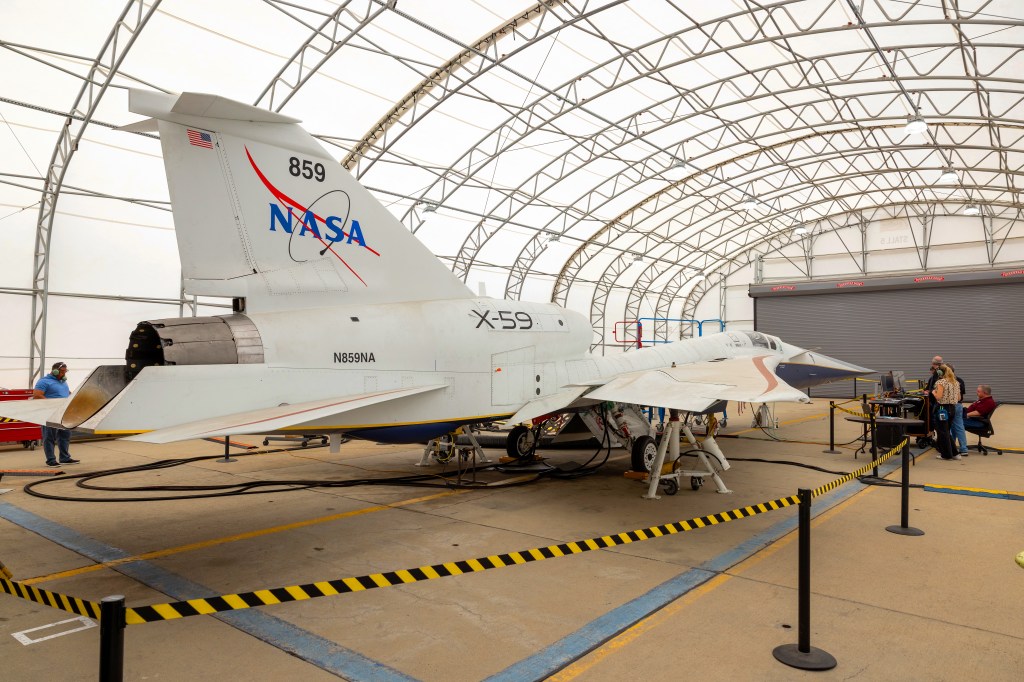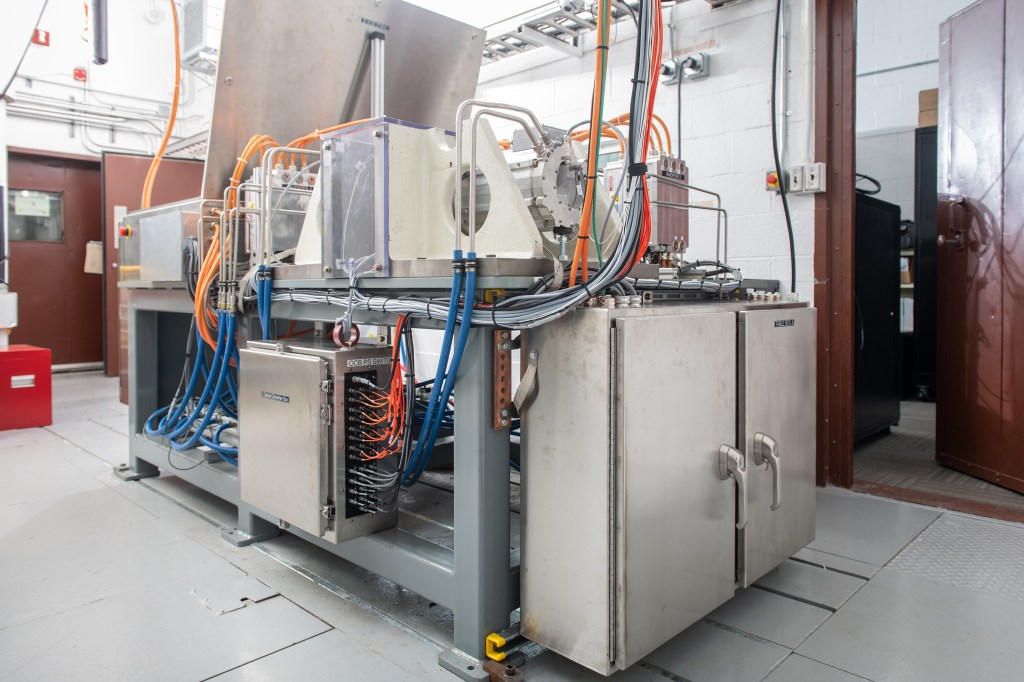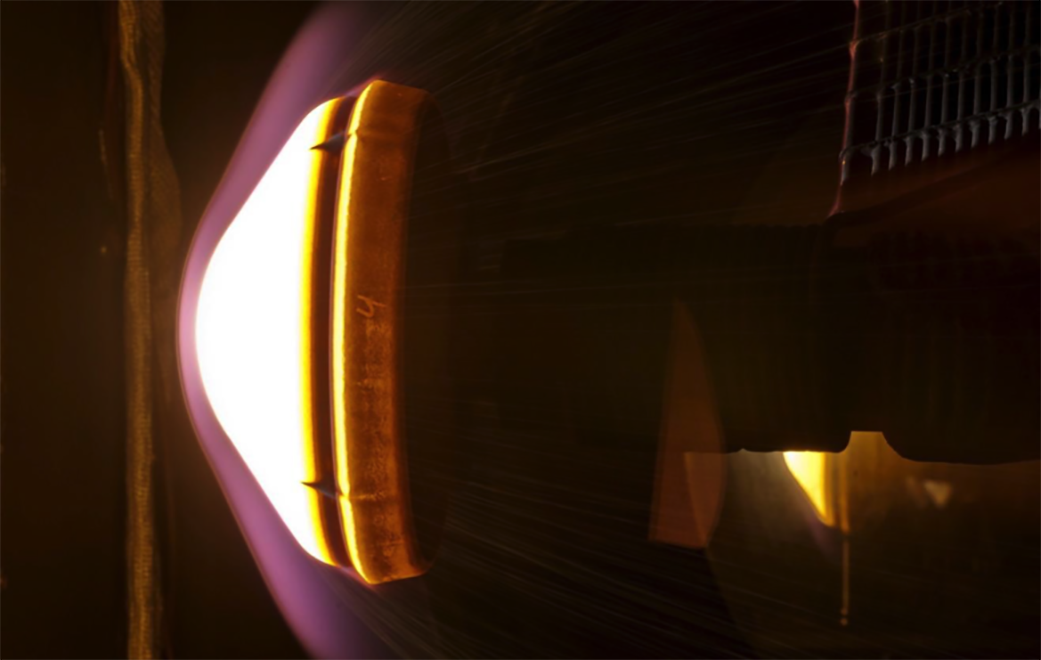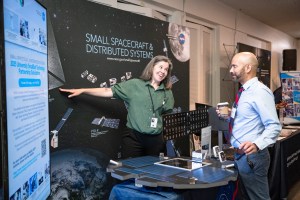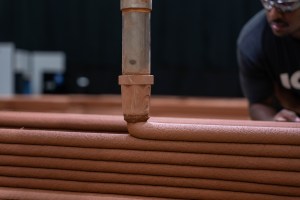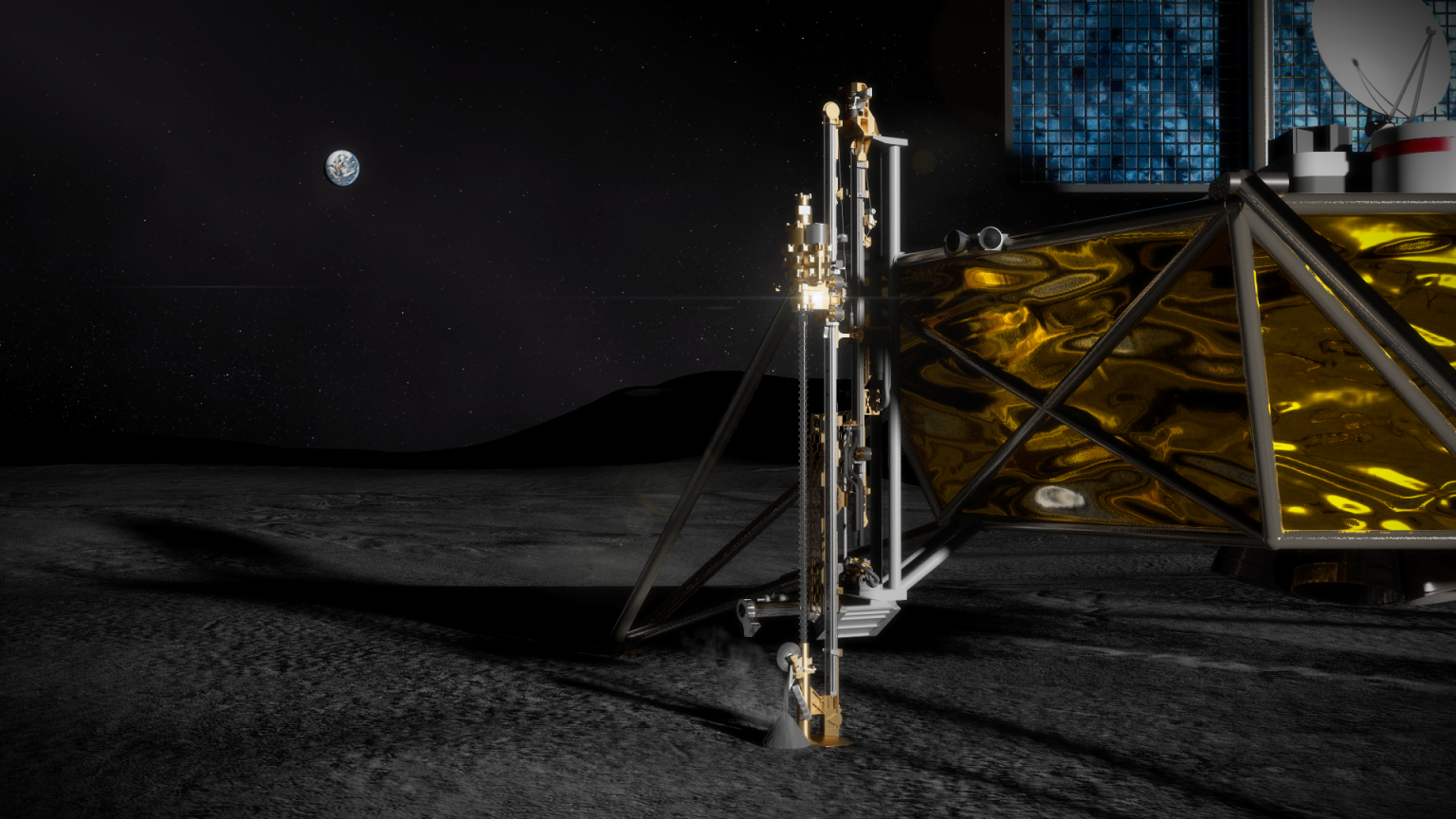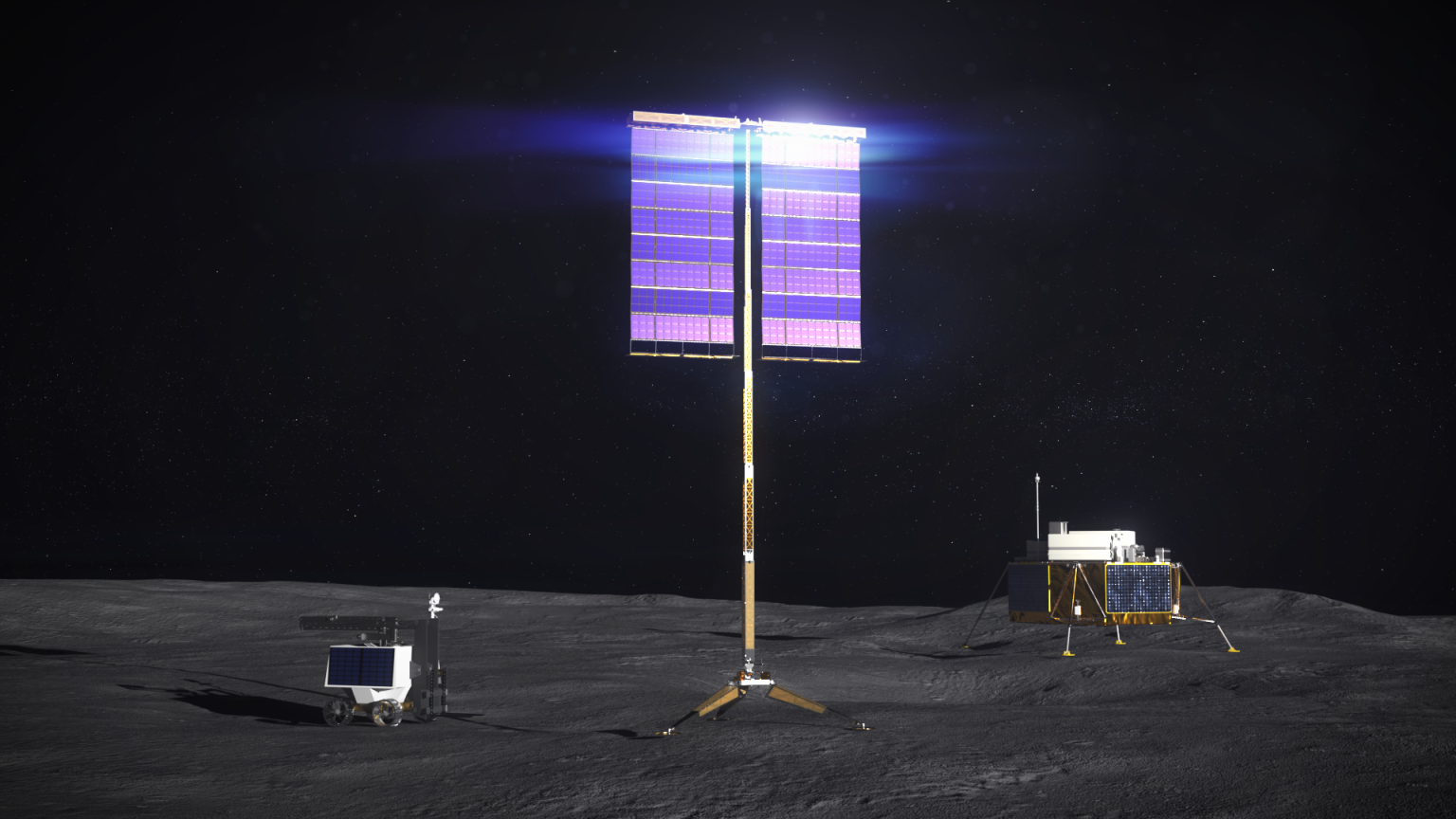Note: Please note that this is an “archived project” and is no longer updated. This article is meant for historical purposes only.
The Thermal Protection Systems Modeling (TPS-M) project seeks to develop, evaluate, test and transfer cutting edge materials that meet the thermal requirements for deep space missions. The extreme heating produced during atmospheric entry is such that without adequate protective materials and structures, valuable spacecraft and instruments would be destroyed. Materials such as woven thermal protection have been tested and proven to be advanced technologies compared with previously used materials, such as heritage carbon phenolic. TPS-M is testing a variety of thermal protection systems and components options under conditions likened to that the materials would be exposed to in space.
The Heat Shield for Extreme Entry Environment Technology, or HEEET, uses a dual-layer approach that allows greater mass efficiency by limiting the thickness of the high-density outer layer and reducing heat shield mass as much as 40 percent. Other activities include arc jet testing to characterize 3D Woven TPS, arc jet exposure of ablative and non-oxide ceramic matrix composite TPS for planetary probe and sample return applications, and validation of fiber optic temperature sensor arrays for TPS materials.






